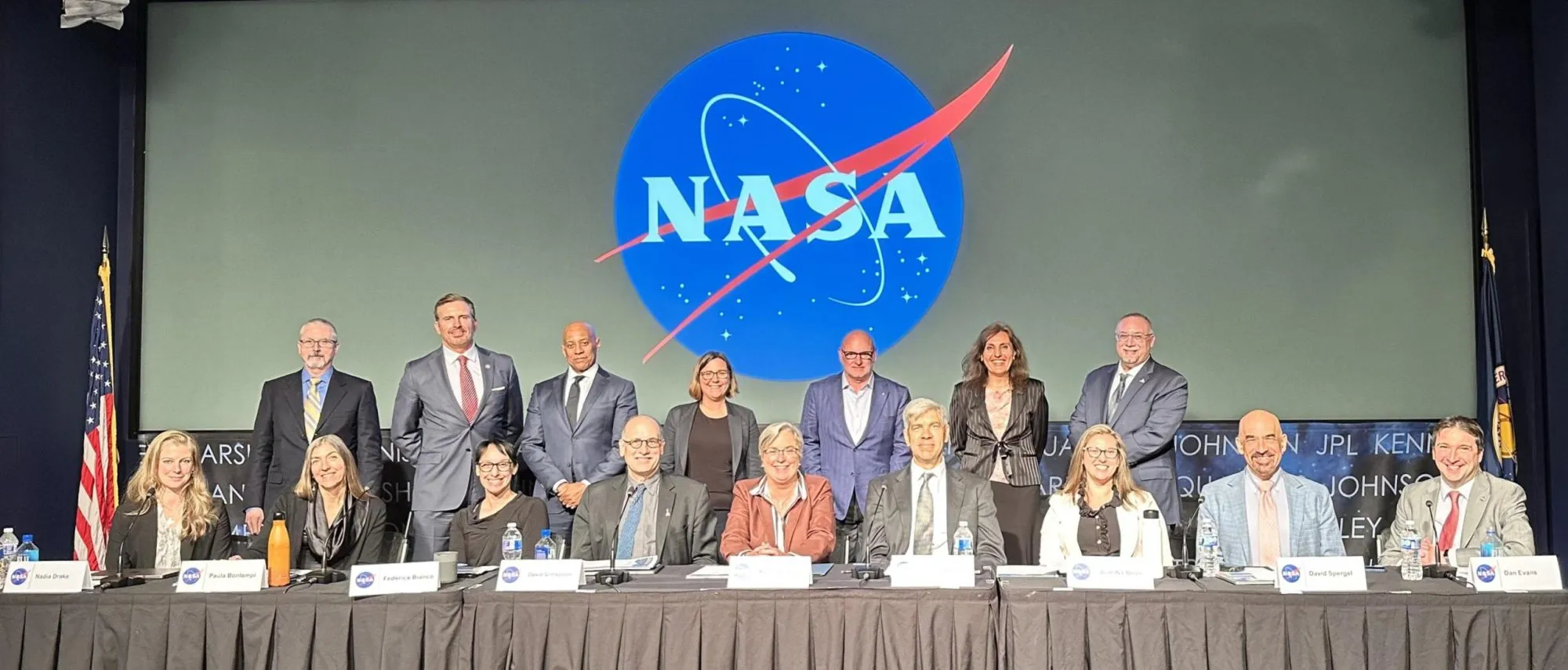Members of the NASA Unidentified Anomalous Phenomena Independent Study Team
- Chair Dr. David Spergel, Simons Foundation
- Designated Federal Official Dr. Daniel Evans NASA Headquarters
- Panelists
- Dr. Anamaria Berea George Mason University
- Dr. Federica Bianco University of Delaware
- Dr. Reggie Brothers AE Industrial Partners
- Dr. Paula Bontempi University of Rhode Island
- Dr. Jennifer Buss Potomac Institute of Policy Studies
- Dr. Nadia Drake Science Journalist
- Mr. Mike Gold Redwire Space
- Dr. David Grinspoon Planetary Science Institute
- Capt. Scott Kelly, USN, Ret. NASA Astronaut, Ret.
- Dr. Matt Mountain Association of Universities for Research and Astronomy
- Mr. Warren Randolph Federal Aviation Administration
- Dr. Walter Scott Maxar Technologies
- Dr. Joshua Semeter Boston University
- Dr. Karlin Toner Federal Aviation Administration
- Dr. Shelley Wright University of California, San Diego
Front and back cover photos: views of the earth as photographed from the Earth-orbital Apollo 4 unmanned space mission. All photos are from NASA unless otherwise indicated.

- Executive summary
- Foreword
- Introduction
- Responses to statement of task
- Overall conclusions and recommendations
- Acknowledgements
- Work products: discussion
Although AARO leads the whole-of-government response to UAP, the panel recommends that NASA play an essential role within that framework. NASA should leverage its core capabilities and expertise to determine whether it should take a leading or supporting role in implementing a given recommendation.
This report is organized as follows. We present a systematic response to the eight charge elements that formed the Terms of Reference that NASA provided to the Independent Study Team, followed by a detailed set of conclusions and recommendations. These responses stemmed from a series of sub-panel reports that the entire team deliberated in full at the public meeting held on May 31, 2023, all of which are included as work products toward the end of this report for full public transparency.